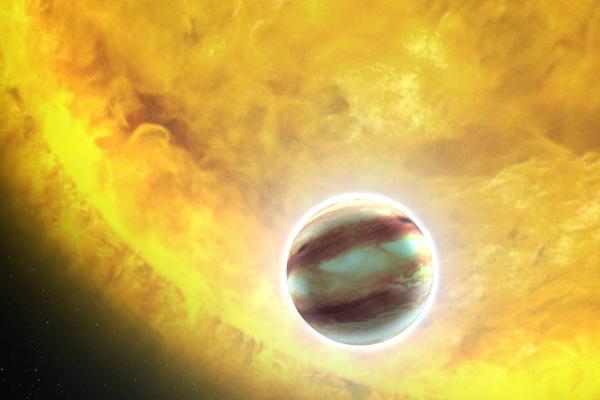
The Origin and Fate of Hot Jupiters
Kevin Schlaufman, Carnegie Observatories
It has now been 20 years since the discovery of 51 Peg b, the first planet around another Sun-like star. Since then, many discoveries have revolutionized our understanding of how planetary systems form and evolve. At the same time, we are still grappling with the problem posed by that first discovery: how does a Jupiter-mass planet come to have an orbital period of only a few days? I will show that these hot Jupiters are not as "lonely" as commonly thought and that the chemical abundances of their host stars suggest that planet-disk interactions are critical for the existence of short-period giant planets. I will go on to describe how the synthesis of Galactic and exoplanet astrophysics reveals the ultimate fate of hot Jupiters. The results of these analyses impact our understanding of the Solar System too, including the future of the Earth itself.
Coffee & Donuts will be served at 3:30pm in 4054 McPherson Laboratory
